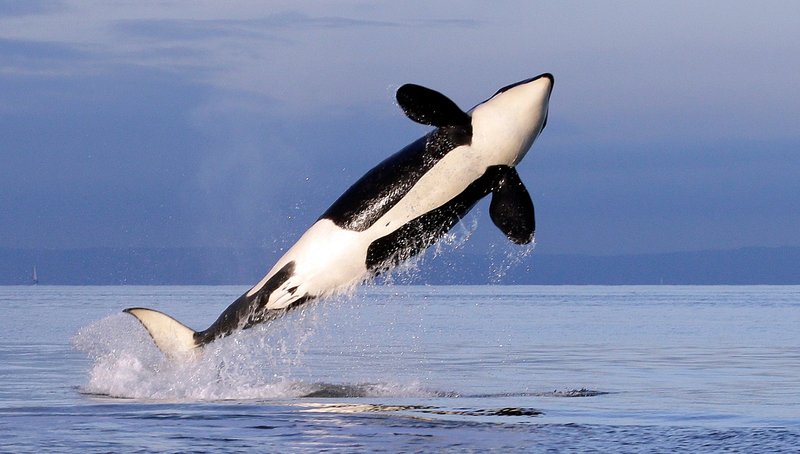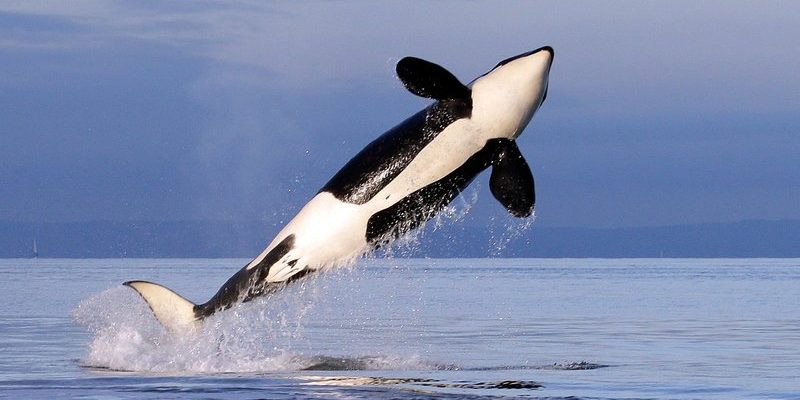
You might be wondering, why should we care about orcas? Well, these magnificent creatures play a crucial role in marine ecosystems. They help keep populations of other marine animals in check and contribute to the overall health of the ocean. Let’s dive into the pressing question: are orcas endangered? In this article, we’ll explore the current conservation status of orcas, the major threats they face, and the ongoing efforts to protect them.
Understanding Orcas: The Basics
Orcas are part of the dolphin family and are known for their striking appearance and complex social structures. They can grow up to 32 feet in length and weigh as much as 11 tons! Their black-and-white coloring not only makes them one of the most recognizable marine animals but also plays a role in their hunting strategies.
Social Structure
Orcas live in pods, which are family groups that can consist of anywhere from a few individuals to over 40 members. Each pod has its own unique vocalizations, much like a dialect, making their communication system incredibly sophisticated. They show strong maternal bonds and often stay with their families for life. This close-knit structure is vital for their survival, as the knowledge shared within a pod can be crucial for hunting and navigating their environment.
The Conservation Status of Orcas
So, are orcas endangered? The answer isn’t straightforward. Globally, orcas are not classified as a single endangered species. Instead, their conservation status varies depending on the population. For example, the Southern Resident orcas in the Pacific Northwest are currently classified as endangered. This specific population has been hit hard, with only about 73 individuals left as of recent counts.
Different Populations, Different Risks
While some orca populations are thriving, others are struggling to survive due to various threats. It’s important to note that the conservation status can change over time. For instance, the transient orcas, which primarily feed on marine mammals, are doing relatively well compared to their resident counterparts, who rely on salmon and are affected by dwindling fish stocks.
The Main Threats to Orcas
Orcas face several key threats that complicate their survival. Here are the main culprits:
- Pollution: Chemicals like PCBs and heavy metals accumulate in the ocean and can cause severe health issues for orcas.
- Prey Depletion: Overfishing has led to a decline in salmon populations, which are a primary food source for many orca pods.
- Ship Traffic: Increased maritime activity can lead to noise pollution and collisions, both of which pose risks to orcas.
- Climate Change: Rising temperatures affect ocean currents and ecosystems, impacting the availability of prey and habitat.
Each of these threats has a compound effect, making it even harder for orcas to thrive. Honestly, it’s like they’re trying to navigate a maze filled with obstacles—each one more challenging than the last.
Current Conservation Efforts
Given the challenges they face, several organizations and governments are stepping up to protect orcas. Here are some of the key conservation efforts currently underway:
Legislation and Protection
In the United States, the Endangered Species Act provides protection for the Southern Resident killer whales. This means stricter regulations on fishing and shipping in their habitat. Additionally, efforts are being made to restore salmon populations through habitat restoration projects.
Research and Monitoring
Scientists are conducting ongoing research to better understand orca populations and their needs. Organizations like the Center for Whale Research regularly monitor the Southern Residents, tracking their health and movements. This data is crucial for creating effective conservation strategies.
Community Engagement and Education
Getting the public involved is vital. Many groups run educational programs to raise awareness about the plight of orcas. Engaging communities in conservation work can lead to more support for protective measures and a greater understanding of these magnificent creatures.
What You Can Do to Help
Want to make a difference? There are several ways you can contribute to orca conservation, even from your own home:
- Be Informed: Stay updated on conservation efforts and the challenges orcas face.
- Reduce Pollution: Conserve water and reduce plastic use to help keep oceans clean.
- Support Sustainable Seafood: Choose seafood that’s caught sustainably to help maintain fish populations.
- Get Involved: Volunteer or donate to organizations dedicated to marine conservation.
Every little action counts! By spreading awareness and making informed choices, you can be a part of the solution.
The Road Ahead: Is There Hope for Orcas?
The future of orcas might seem uncertain, but there’s still hope. Awareness and conservation efforts are gaining momentum. More people are understanding the importance of protecting our oceans and the creatures that inhabit them. Each conservation success story—like the reopening of salmon runs or the reduction of chemical pollutants—offers a glimmer of hope.
Let me explain: while the challenges are significant, so are the efforts being made. If we continue to prioritize the health of marine ecosystems and advocate for orca protection, there’s a good chance we can help these incredible animals thrive for generations to come.
In conclusion, orcas are not just symbols of the ocean; they are vital players in a complex ecosystem. By understanding their struggles and supporting conservation efforts, we can ensure that future generations will have the opportunity to marvel at these beautiful creatures in their natural habitat. Together, we can create a future where orcas swim freely and thrive in the ocean depths.

